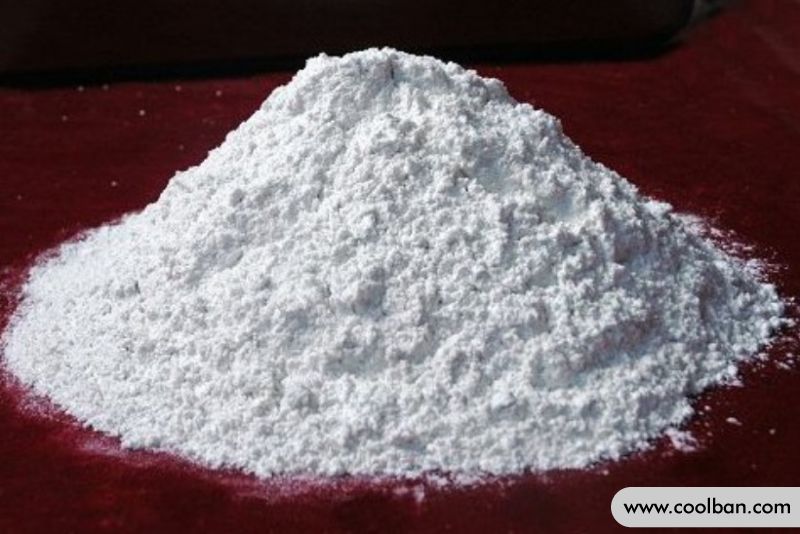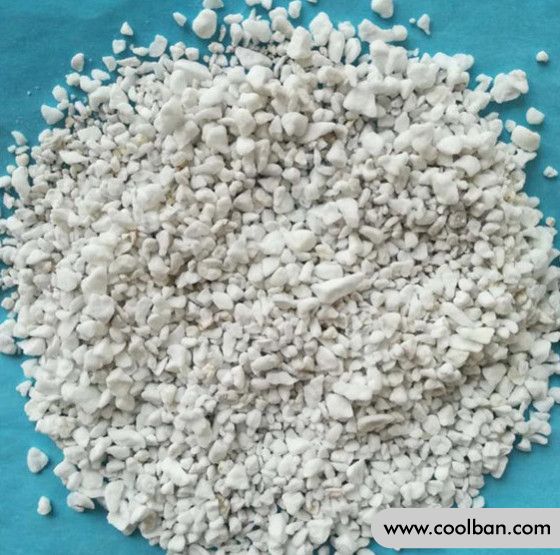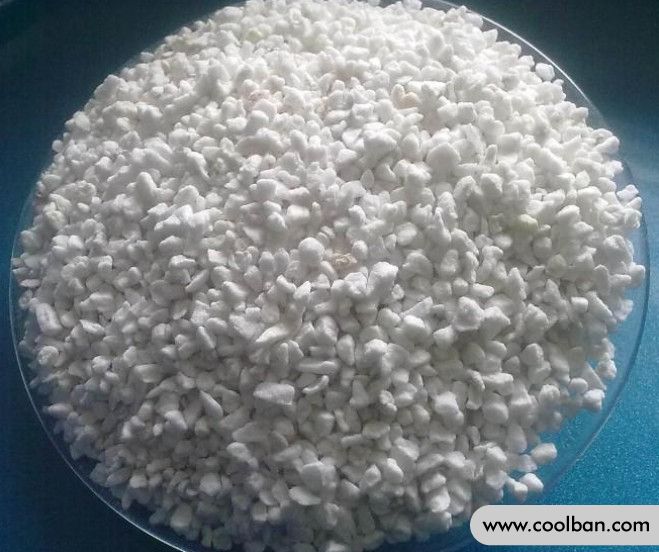What are the tips for using horticultural perlite?
Perlite is widely used in many industries, one of which is agriculture, where it is an ideal material for growing flowers. What are the skills of using perlite? What kind of flowers are suitable for growing? What are the advantages? Today we will introduce to you.

Tips for using perlite:
Use skills 1. Plant selection
Perlite is an acidic matrix. Typically, when used for growing flowers, it promotes better growth of flowers that prefer acidic soil. If it is used as a substrate for flowers that prefer alkaline soil, it will reduce the decorative value of flowers, and even cause flowers to wither and die. Because it is relatively light, mixing with other soils improves soil permeability and drainage, making it ideal for drought-tolerant flowers that don't like water, but not those that prefer moist environments.
Use tips 2. Soil mixture
Perlite is a non-toxic and odorless matrix, but perlite is relatively acidic. Usually, when using it, it must be considered that it must be mixed with other soils, otherwise it will be too acidic and will affect the growth of flowers. Perlite is good for many flowers, but you shouldn't mix it in the same ratio every time.

Use skills three, do not let it be affected by the wind.
In fact, perlite is easily affected by the wind. It will float on the soil when watered. Plastic sheets and other objects should be used to avoid the possibility of perlite being blown away by the wind.
Use tips 4. Pay attention to wearing a mask when using
Although it is said that perlite does not contain toxins, it will fly into the air after being pulverized. If it is absorbed by the human body, it will cause harm to the body. Therefore, we should pay attention to avoid it being absorbed by the human body.

What plants are suitable for perlite?
1. Cutting plants
Perlite has a light texture, many small holes on the surface, good water permeability and drainage, and can be used for the rooting of soilless plants and difficult-to-root plants. There are many plants using it as a growing medium that are not easily uprooted.
2. Grow succulents
Perlite is the best medium for succulents, it is rich in various trace elements and is also very beneficial to succulents. However, most perlite contains a lot of powder and should be soaked in water and washed before being used in succulents.

Characteristics of perlite flower cultivation:
Features 1. Strong stability
Most flowers are grown in soil mixed with perlite. It is very beneficial for flower growth, its stability is very strong, it is not easy to shift, and it allows the soil to remain stable due to its unique cracks.
Feature 2, good water absorption
Perlite can absorb two to three times more water than perlite itself. It is a powerful reservoir that keeps the soil moist, reduces the rate of water loss, and allows for extended periods of irrigation.

Feature 3. Prevent soil from shrinking
Perlite is a small stone mixed into the soil that loosens the soil and directly reduces soil compaction. It is important to keep the soil loose during plant growth. If the soil becomes clogged, the growth rate of the plant will slow down, and in severe cases, the plant will wilt.
Feature 4. Absorption of pesticides/nutrients
Perlite is rich in chemical elements such as silicon and iron, and its structure also has unique cracks. Such cracks are porous and absorbent. It is capable of carrying and absorbing pesticides, as well as nutrients and other substances, which must be slowly diluted into the soil after it has been absorbed by the plant's roots.
